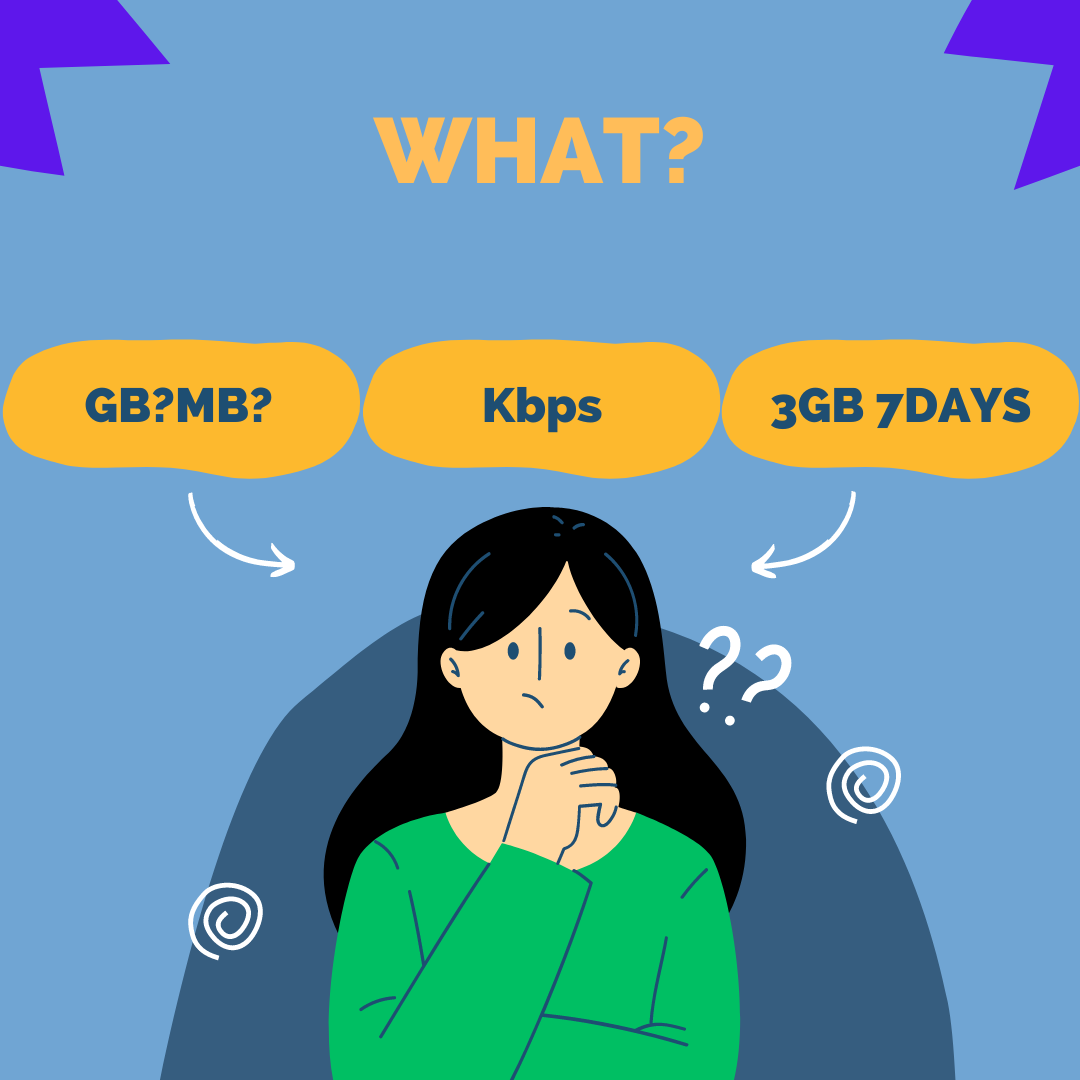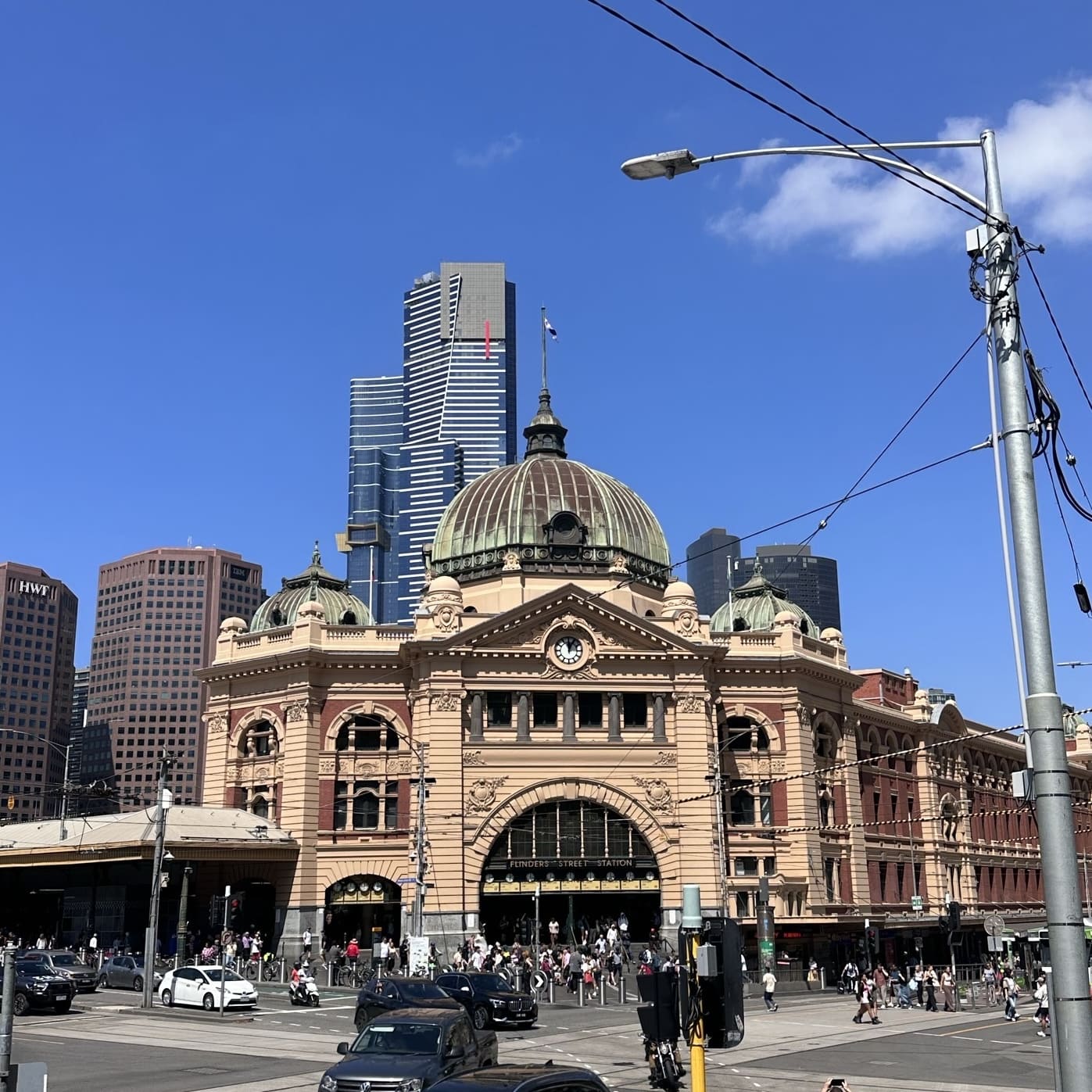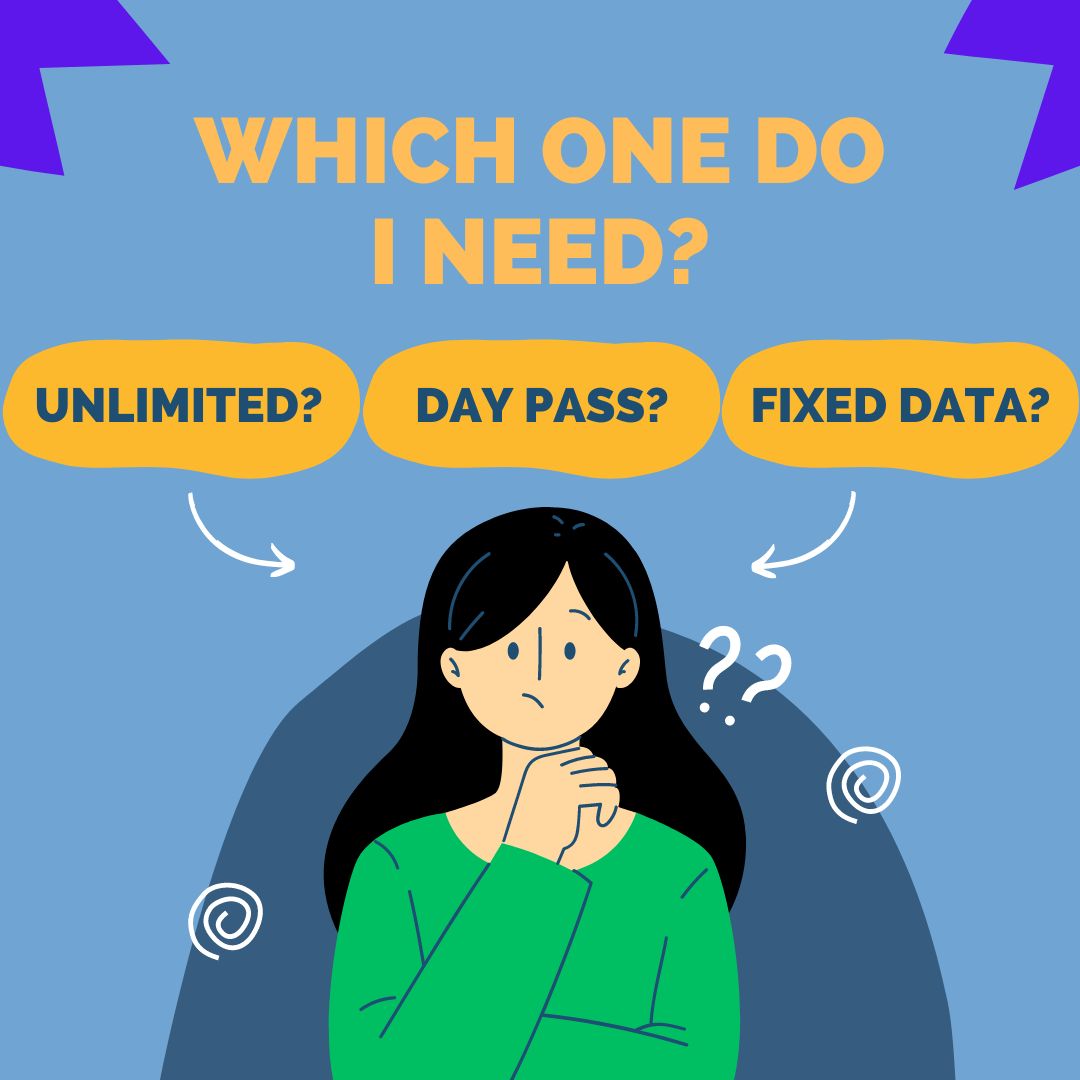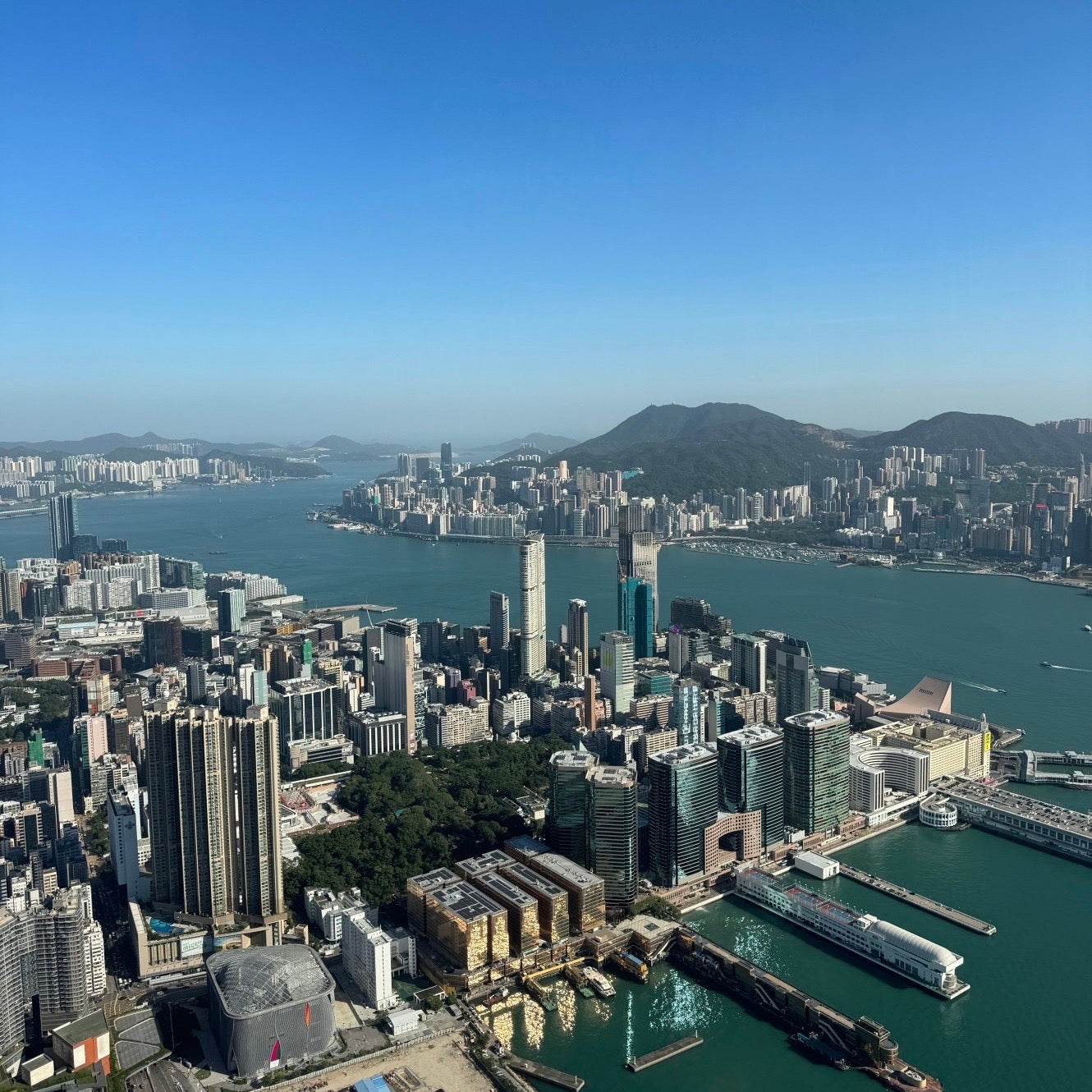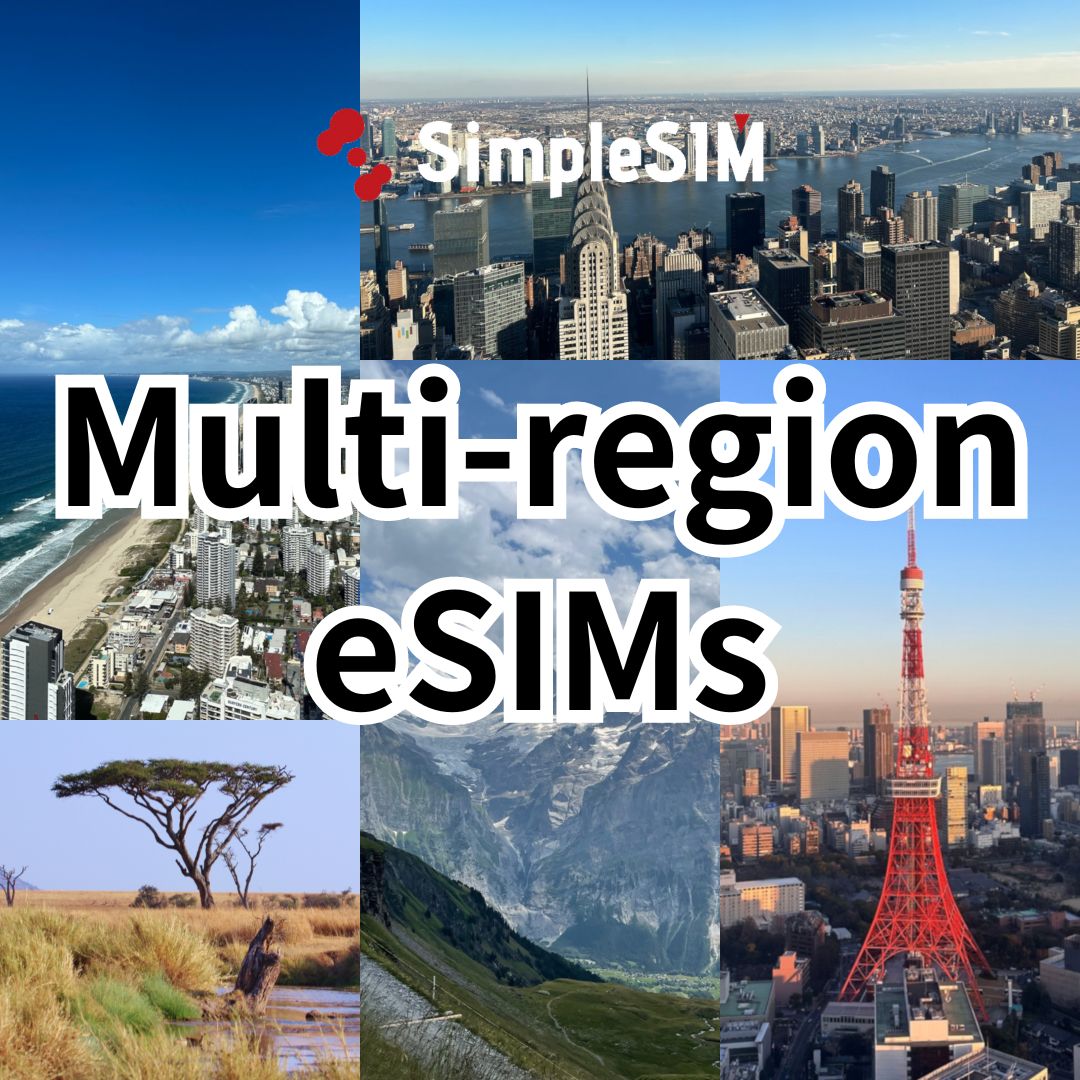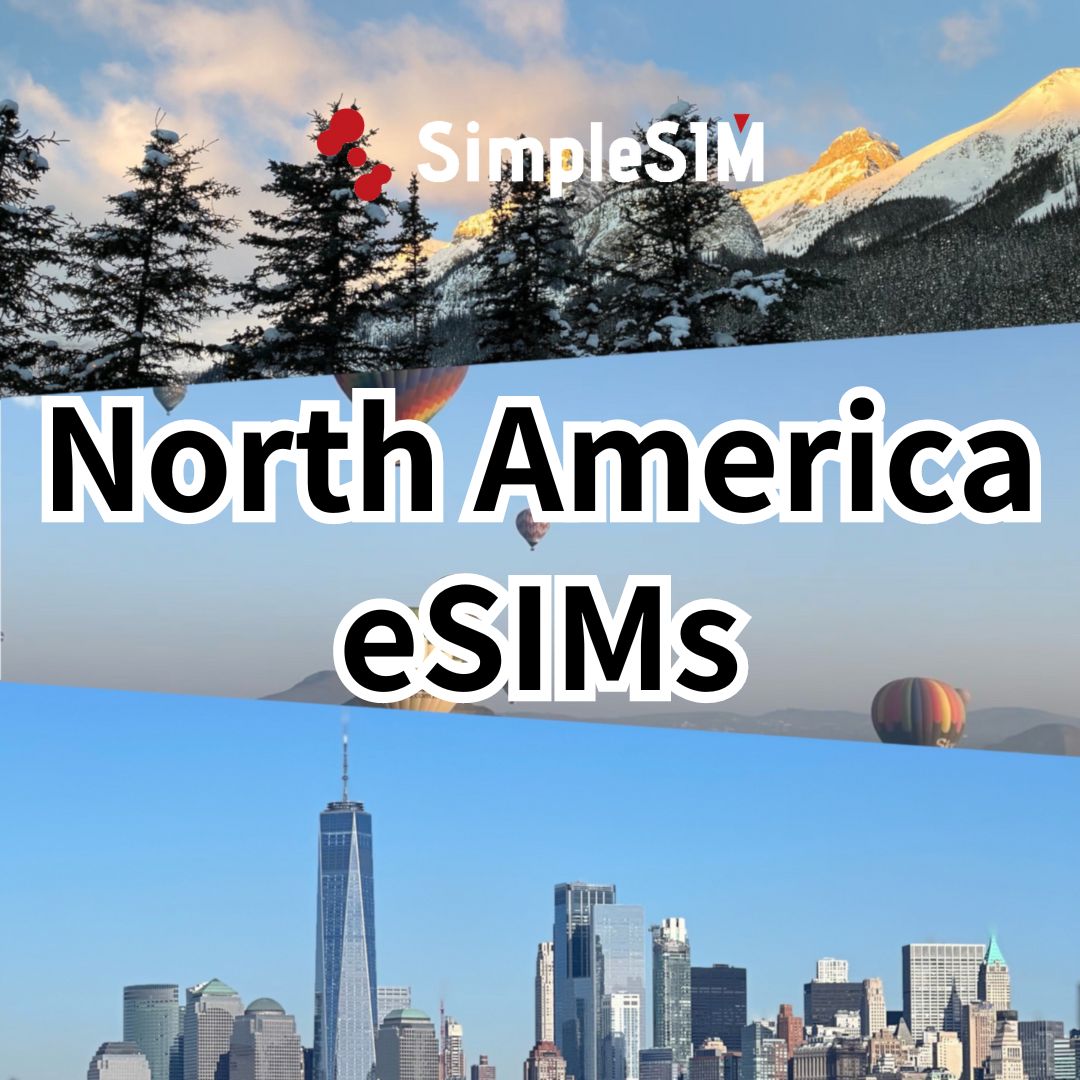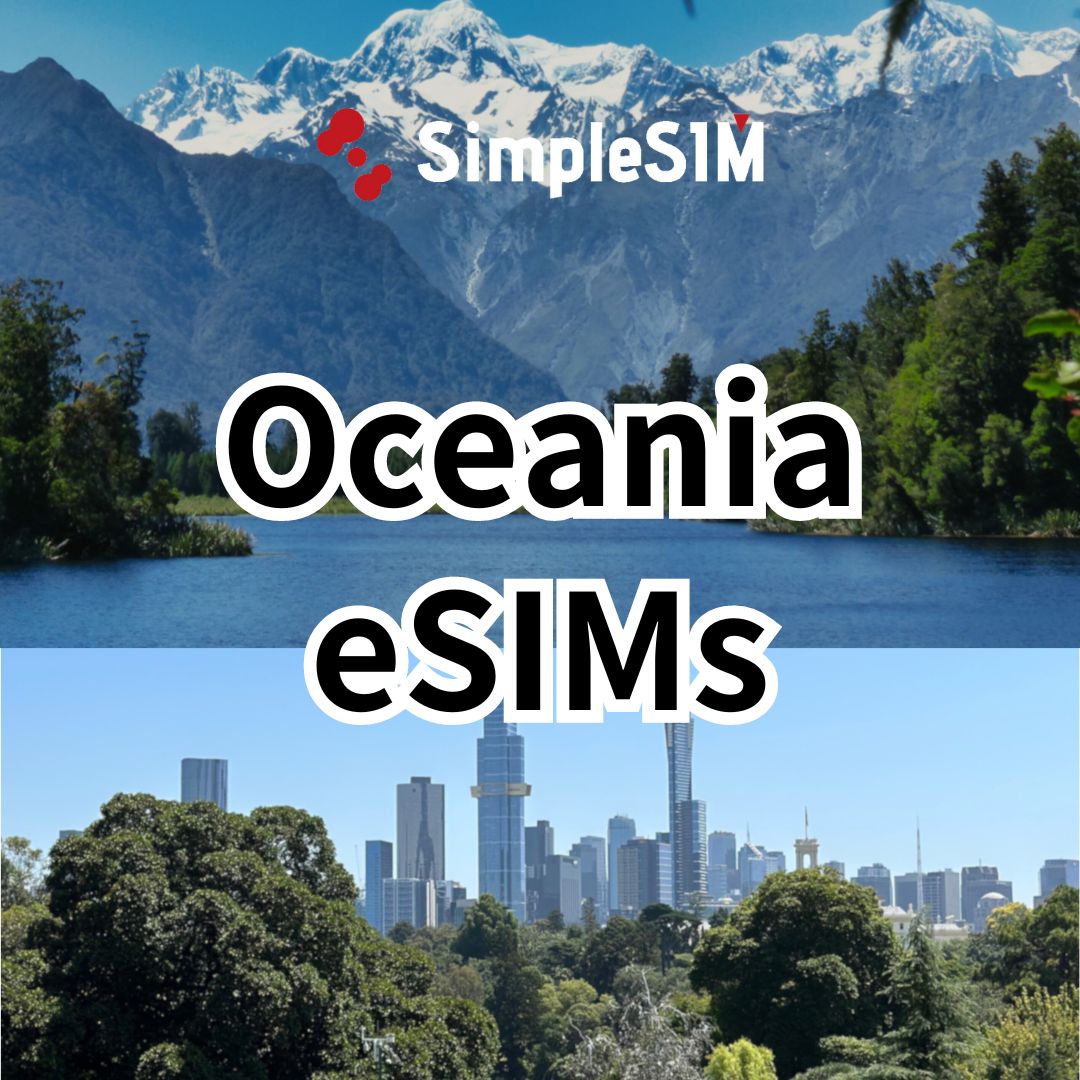Traveling abroad can be exhilarating, but staying connected is a priority for most of us. Whether it's using GPS to find your way, sharing photos on social media, or staying in touch with friends and family, having the right data plan is essential. But how do you know how much data you’ll need? And what do terms like GB, MB, and kbps actually mean? Let’s break it down step by step.
Understanding Data Terminology
Before diving into how much data you need, it's essential to understand the terminology:
GB (Gigabyte) and MB (Megabyte)
GB (Gigabyte)
This is the most common way to measure data in mobile plans. It's a larger unit, with 1GB equal to 1,000MB. Mobile data plans typically come in sizes like 1GB, 5GB, 10GB, etc.
MB (Megabyte)
A smaller unit of data, often used for more detailed tracking. For example, downloading a single photo might use 2MB, while streaming a song could use 3-5MB.
Kbps (Kilobits per second)
Kbps
Kbps is a measure of speed, indicating how fast you can download or upload data. For instance, a plan with 128kbps speed might be enough for basic tasks like texting but could struggle with streaming video or loading complex websites.
What Can You Do with Different Data Speeds?
Understanding speed is key to choosing the right plan. Here’s how different speeds translate to real-life usage:
128kbps
Suitable for basic tasks like sending texts via messaging apps, checking emails, and browsing lightweight websites. However, you might find it frustratingly slow for loading images or videos.
256kbps
This speed is better for standard browsing and social media use. You can also stream music at low quality and watch videos at lower resolutions (e.g., 144p or 240p on YouTube). It’s a decent balance for travelers who don’t need high-speed data but want to stay connected.
512kbps
At this speed, you can enjoy smoother browsing, stream music comfortably, and even watch standard-definition videos (360p) on platforms like YouTube. It’s suitable for most regular online activities.
1Mbps (1,000kbps)
A solid speed for more demanding tasks like streaming HD videos, video calls, and online gaming. If you plan to use your data intensively, this speed will offer a seamless experience.
Visiting China, Hong Kong, and Macao? Stay connected with our eSIM plan.
How Much Data Do Common Activities Use?
To choose the right data allowance, it’s essential to know how much data your typical activities will consume:
Web Browsing
On average, web browsing uses around 60MB per hour, depending on the complexity of the websites you visit.
Social Media
Platforms like Instagram, Facebook, or Twitter typically consume 150-300MB per hour, especially with lots of image and video content.
Music Streaming
Streaming music on standard quality (160kbps) uses about 70MB per hour. High-quality streaming (320kbps) doubles that to around 150MB per hour.
Video Streaming
YouTube is a popular platform that consumes varying amounts of data depending on the video quality:
Low Quality (144p): 100MB per hour
Standard Definition (SD, 480p): Around 700MB per hour
High Definition (HD, 720p): About 1.5GB per hour
Full HD (1080p): Around 3GB per hour
Online Gaming
Playing online games can be a surprisingly light task on data usage, consuming around 40-100MB per hour. However, downloading game updates or patches can use significantly more data.
Estimating Your Data Needs Based on Usage
To help you better estimate your data needs, here’s a rough guide on how much data you might require per day based on your typical usage:
Light Users (500MB - 1GB per day)
If your daily activities involve checking emails, using maps, sending messages, and light browsing, you should be fine with 500MB to 1GB of data per day. This is suitable for those who primarily use their phone for essential tasks.
Moderate Users (1GB - 1.5GB per day)
If you spend more time on social media, stream music, watch some videos on YouTube, or use apps that require a bit more data, you’ll likely need around 1GB to 1.5GB of data daily. This amount gives you the flexibility to enjoy your apps without worrying too much about data limits.
Heavy Users (1.5GB+ per day)
If you’re a power user who streams HD videos, plays online games, uploads content regularly, or uses your phone as a mobile hotspot, you might need 1.5GB or more per day. This is especially true if you’re relying on mobile data for most of your connectivity needs.
Exploring Africa? Find the best Africa eSIM plans.
How to Measure Your Data Usage
Not sure how much data you’re using? Most smartphones offer a way to track your data usage:
iPhone
Go to Settings > Cellular > Cellular Data Usage. Reset the statistics at the start of your trip to monitor your data usage.
Android
Navigate to Settings > Network & Internet > Mobile Network > Data Usage. You can also reset the data usage to track your consumption during the trip.
Tips for Saving Data While Traveling
Here are some tips to help you stretch your data allowance while traveling:
Download Offline Content
Save maps, playlists, and movies to your device before your trip to minimize data usage.
Use Wi-Fi Whenever Possible
Many hotels, restaurants, and public places offer free Wi-Fi. Connect to Wi-Fi whenever available to save your mobile data.
Disable Background Data
Some apps continue to use data in the background. Disable background data usage for non-essential apps while traveling.
Set Data Alerts
Android devices allow you to set data usage alerts. This can help you track your usage and prevent overage charges.
Final Thoughts
Choosing the right data plan ensures you stay connected without overspending. By understanding your data needs, using Wi-Fi, and managing your usage, you can enjoy a worry-free trip without running out of data.

